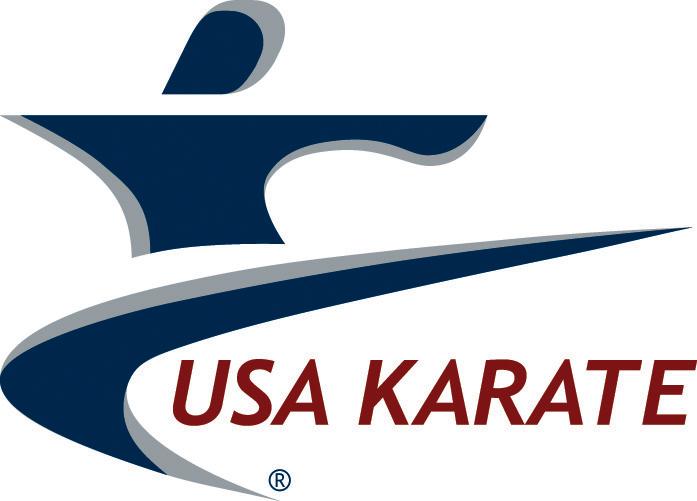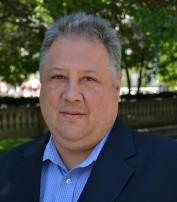
 USA National Karate-do Federation (USA-NKF) members are among the ranks of thousands of karate practitioners and enthusiasts who enjoy the highest caliber support system of karate in the United States. As the largest karate organization in the U.S. and the national governing body for the sport, the USA-NKF has responsibilities that include the development and fielding of junior and adult karate athletes to international events and competitions representing the United States; serving all membership classes represented on the Board of Directors; and representing the United States within the designated international federation under the auspices of the IOC. The sport of karate will be included for the first time in the Olympics in Tokyo in 2020.
USA National Karate-do Federation (USA-NKF) members are among the ranks of thousands of karate practitioners and enthusiasts who enjoy the highest caliber support system of karate in the United States. As the largest karate organization in the U.S. and the national governing body for the sport, the USA-NKF has responsibilities that include the development and fielding of junior and adult karate athletes to international events and competitions representing the United States; serving all membership classes represented on the Board of Directors; and representing the United States within the designated international federation under the auspices of the IOC. The sport of karate will be included for the first time in the Olympics in Tokyo in 2020.
Sports Destination Management: This is an exciting time for karate, with the Olympics coming up. Has the fact that the sport will be included caused extra interest?
Hampel: It has been really good for the sport – we’re seeing a lot of activity and interest.
 SDM: Are you seeing a bounce in the membership?
SDM: Are you seeing a bounce in the membership?
Hampel: On the sports side, we’re growing, especially as we get toward the Olympics. People who were in the sport when they were younger are starting to come back. We’re also seeing some crossover from areas not traditionally associated with the Olympics. It’s bringing some unity back to the sport; it’s possible that people left because they felt there was no significant prize associated with it. And let’s face it, the Olympics are very significant. To say you’re an Olympic champion is better than saying you’re a world champion. The Pan Am Games have always been our gold standard; now, when you mix in the Olympics, it’s even more exciting.
SDM: Are there any new participation initiatives?
Hampel: We’re a small national governing body so our focus has been on athletes in the world championships. If we had the money, we would look for ways to drive participation in the lower levels. I do think, though, that the buzz around the Olympics will help drive traffic to the schools so that people can get started in the sport.
SDM: There isn’t much media coverage of the sport.
Hampel: No, there isn’t. We don’t have much TV coverage, so people watch them on YouTube and they stream events.
 SDM: Why do you think the media hasn’t been interested?
SDM: Why do you think the media hasn’t been interested?
Hampel: Most people get involved in the sport at the local level, and it’s an individual sport. There aren’t any travel teams, so families really need to make the decision to go to competitions with their kids.
SDM: What do you look for when you’re considering a city that might host an event?
Hampel: Mostly it’s about the floor space. We need a clear floor area where we can put down 10 to 12 rings. That usually means we’re looking for a venue with a competition area of about 150 feet wide by 450 feet long. There needs to be good visibility for the spectators, and we like to have elevated seating for that. Convention centers tend to work best, although some large hotel properties are also good.
Mostly, we are looking for places that are family-friendly.
One of our big goals is to look at not just the venue but also the area, since people will consider it a mini-vacation. Our 2019 National Championships and Team Trials, for example, will be in Chicago in July, so that turns out to be a good time for people to think about vacation potential. We’re also looking for a city that is interested in interacting with our national team athletes and the spectators, as well as how they can work with us to help us produce a good event. SDM

